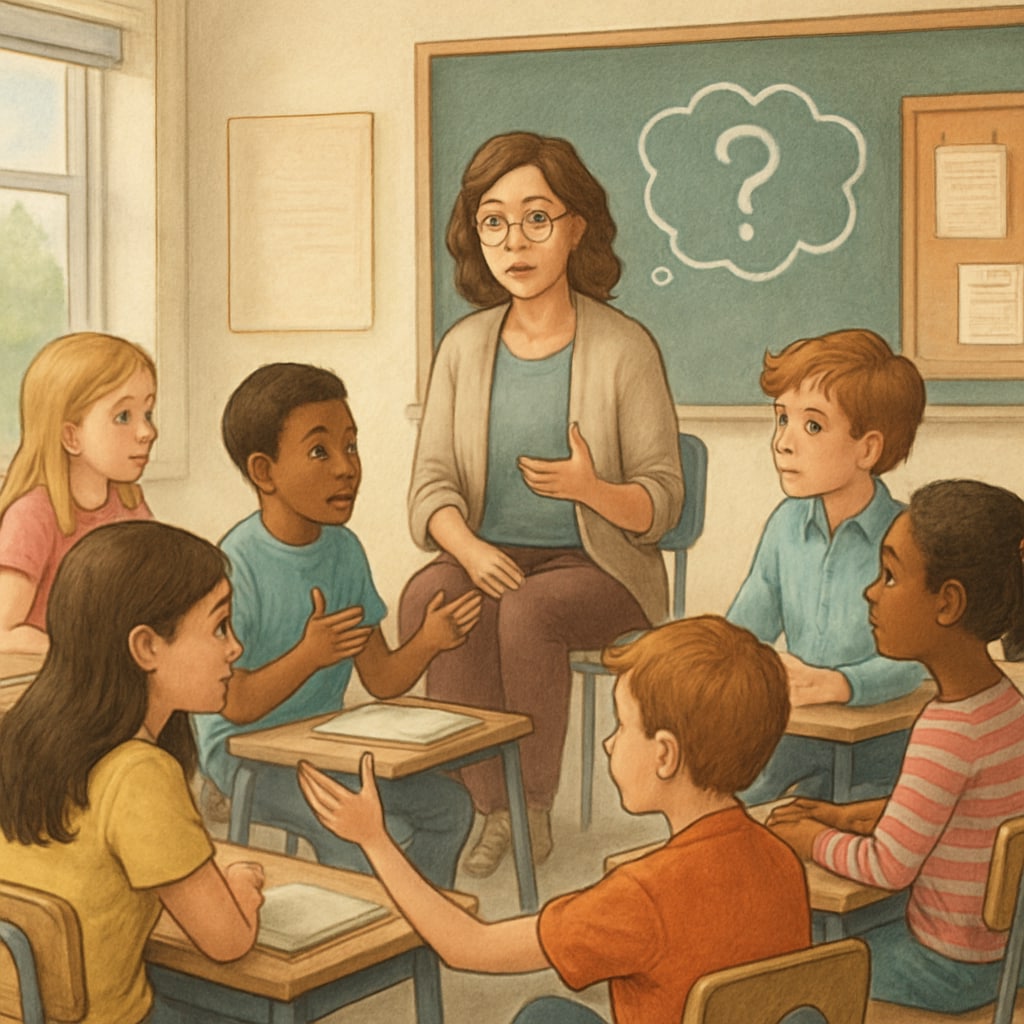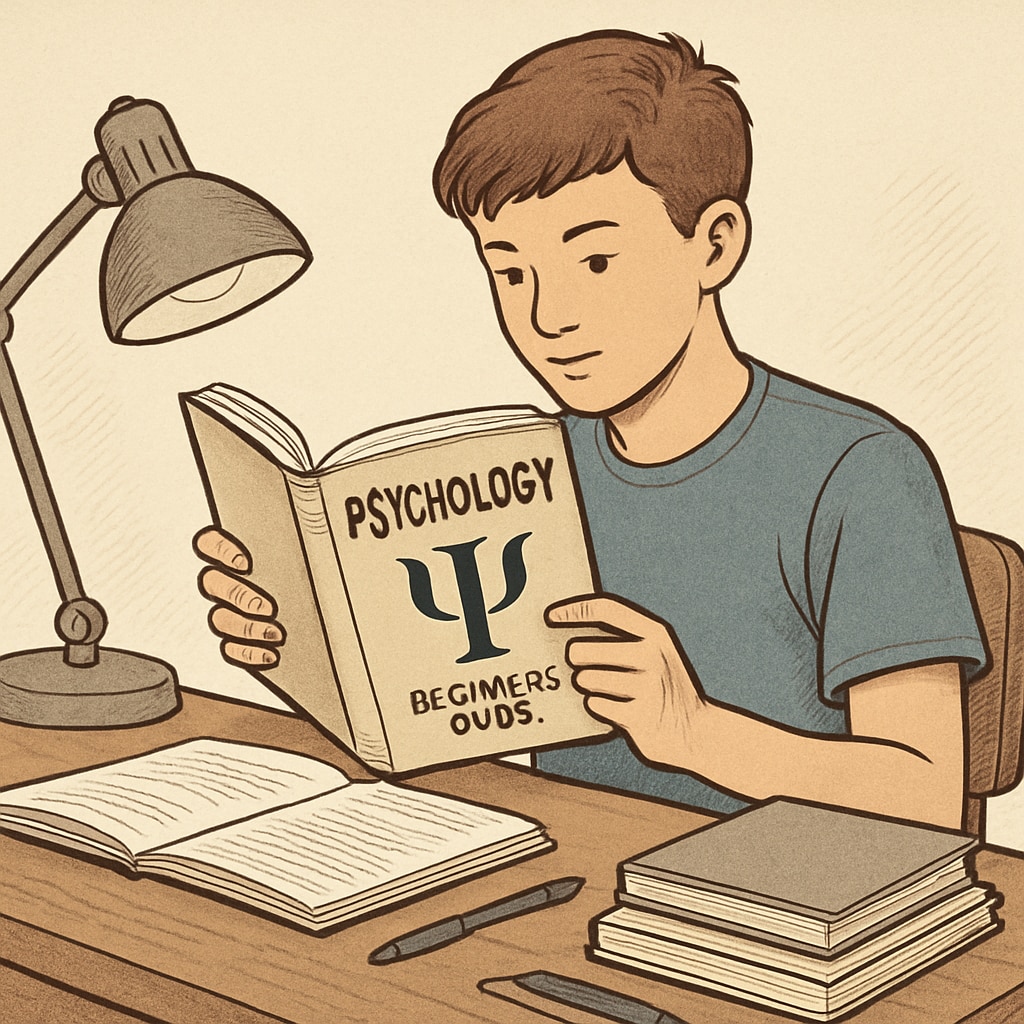Psychology and philosophy are two profound disciplines that can inspire critical thinking and self-awareness in young minds. Introducing these subjects during the K12 educational phase can lay a strong foundation for personal growth and intellectual curiosity. This article provides practical strategies for guiding students through these fields, along with curated self-learning resources tailored to different age groups.
Why Teach Psychology and Philosophy in K12 Education?
Incorporating psychology and philosophy into K12 education can benefit students in numerous ways. Psychology helps students understand human behavior, emotions, and cognitive processes, while philosophy encourages them to question, reason, and explore abstract ideas. Together, these subjects foster critical thinking, emotional intelligence, and a deeper sense of self-awareness.
For example, studies have shown that exposure to philosophical discussions improves reasoning skills in children (Philosophy on Britannica). Moreover, learning psychology can help students manage stress and develop empathy (Psychology on Wikipedia).

Age-Appropriate Resources for Psychology and Philosophy
To make these complex subjects accessible, it is essential to provide age-appropriate materials. Here are some recommendations:
- Elementary School (Ages 6–11): Illustrated books such as “What’s the Big Idea?” by Philosophy for Kids can introduce philosophical concepts in a fun and engaging way. For psychology, simple activities that explore emotions, like journaling or mindfulness exercises, are ideal.
- Middle School (Ages 12–14): Interactive resources such as TED-Ed videos on psychological concepts and beginner-friendly philosophy podcasts like “Philosophy Bites” can spark curiosity.
- High School (Ages 15–18): More advanced materials, including introductory textbooks like “Psychology: A Very Short Introduction” by Gillian Butler and philosophical works such as Plato’s “The Allegory of the Cave,” provide deeper insights.

Strategies for Teaching Psychology and Philosophy
Effective teaching strategies are crucial for helping students grasp these subjects. Here are some methods:
- Encourage Open Dialogue: Create a safe space where students can discuss their thoughts and questions about psychological and philosophical topics.
- Use Real-Life Examples: Relating concepts to everyday situations can make abstract ideas more relatable and engaging.
- Incorporate Multimedia Tools: Videos, podcasts, and interactive websites can make learning more dynamic.
- Promote Critical Thinking: Ask open-ended questions and encourage students to evaluate different perspectives critically.
As a result, students not only learn the content but also develop key skills like reasoning, empathy, and problem-solving.
Fostering Lifelong Interest in Psychology and Philosophy
To ensure students remain engaged, it’s important to connect these subjects to their personal experiences and future aspirations. For instance, discussing the psychology behind decision-making can help teenagers prepare for college and career choices. Similarly, exploring philosophical ideas about ethics can guide them in navigating moral dilemmas.
By fostering curiosity and providing accessible resources, educators and parents can inspire a lifelong love for these disciplines.
Readability guidance: Use short paragraphs and lists to summarize key points. Ensure the article is engaging by varying sentence structures and incorporating transitional phrases like “for example” and “as a result.”


